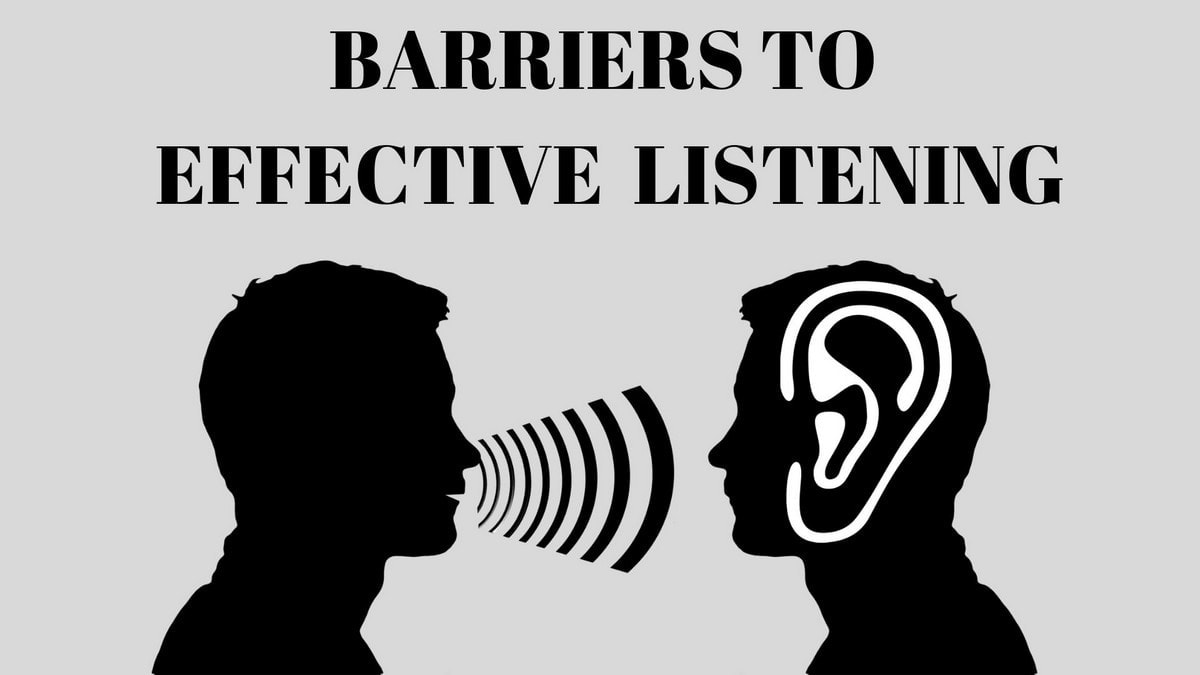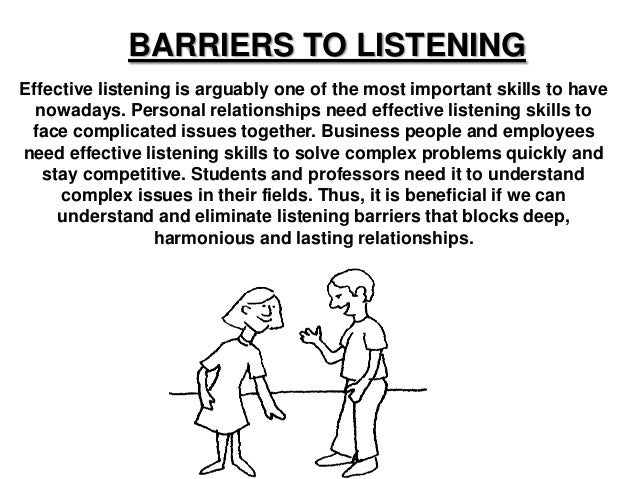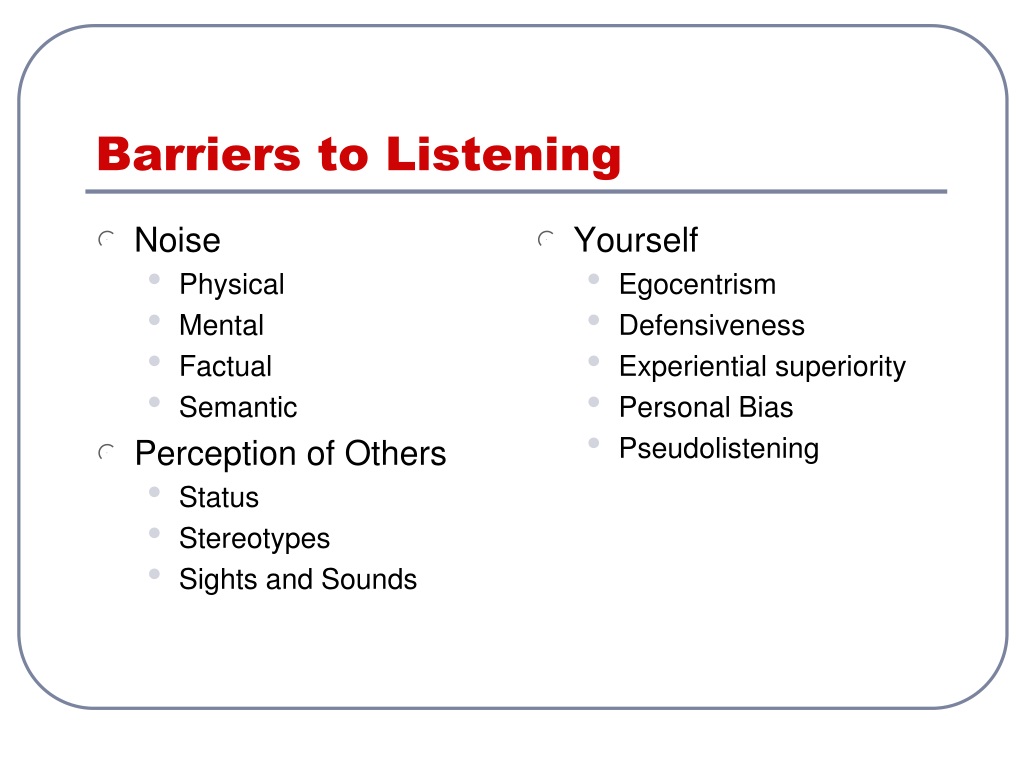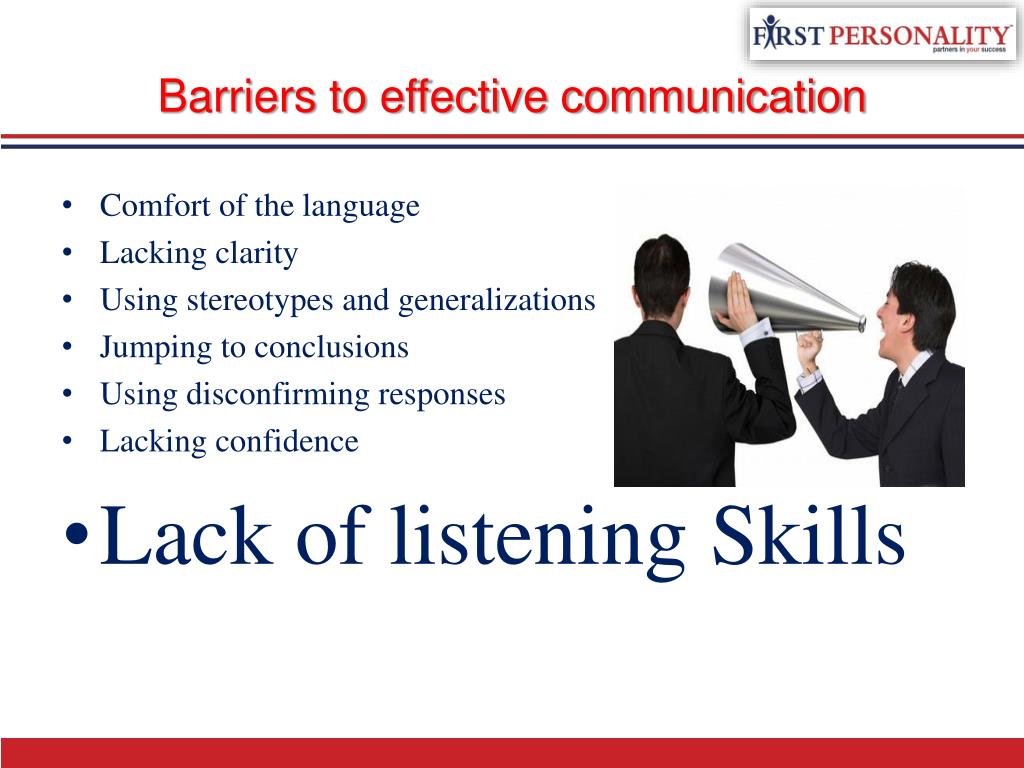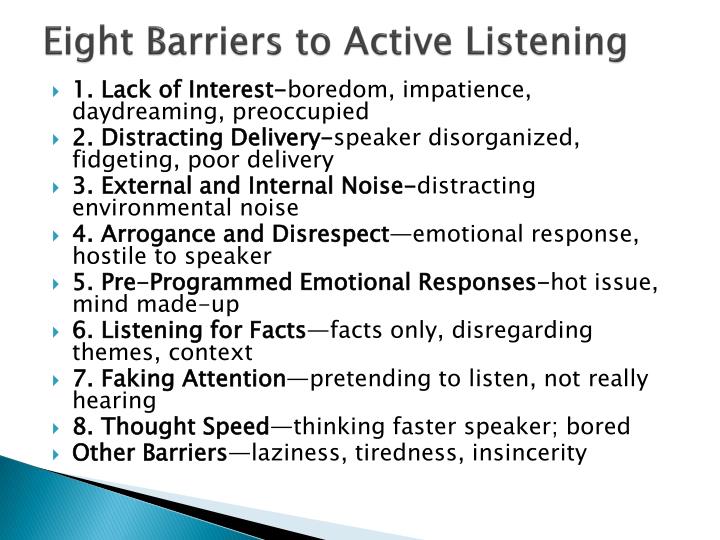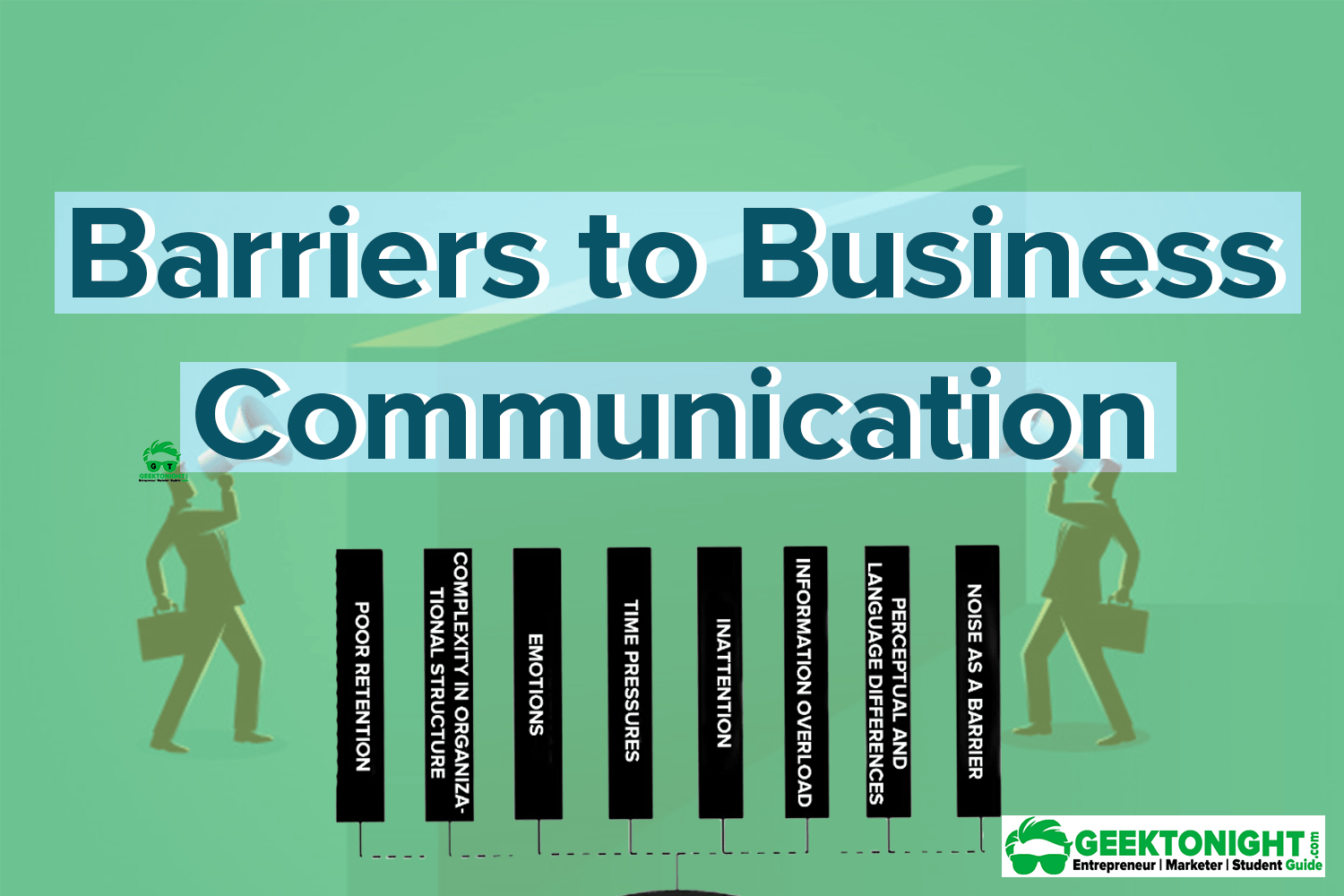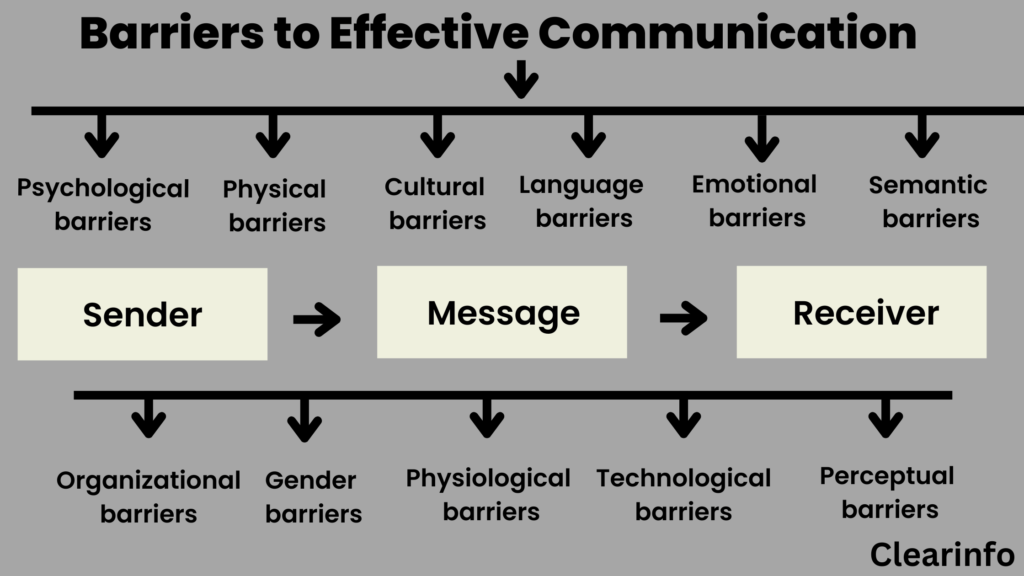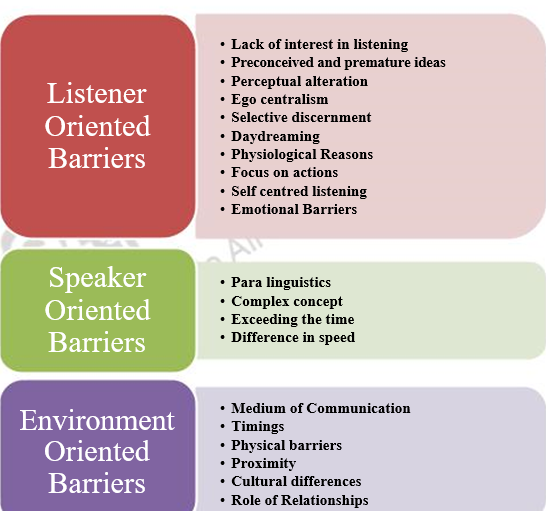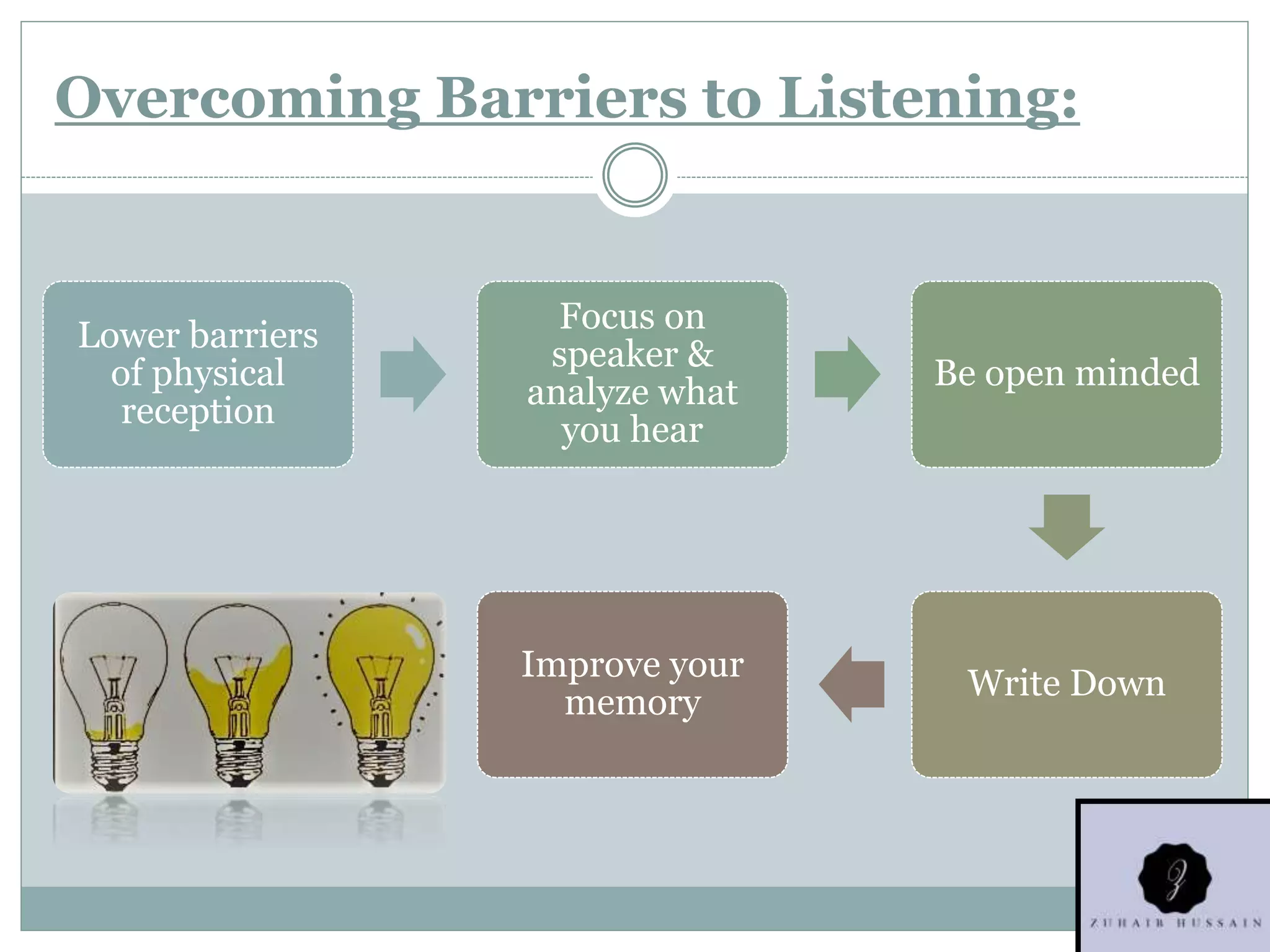Listening Barrier In Business Communication
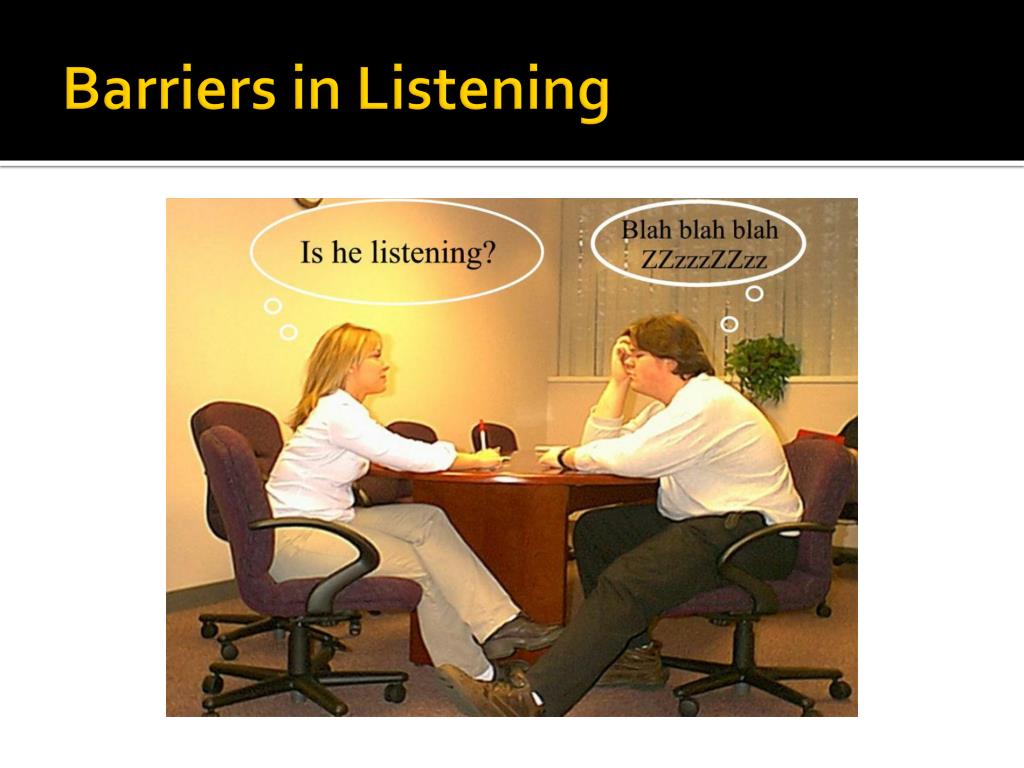
In the high-stakes world of business, where every interaction can impact the bottom line, a silent but pervasive problem is eroding productivity and hindering innovation: poor listening. From misconstrued directives leading to costly errors to fractured team dynamics stemming from ignored concerns, the listening barrier is a significant obstacle to organizational success. Experts warn that this deficiency is not simply a matter of politeness but a tangible threat to efficiency, employee engagement, and ultimately, profitability.
This article delves into the multifaceted nature of the listening barrier in business communication. We will explore its root causes, examine its detrimental effects on various organizational levels, and consider potential strategies for mitigating this widespread issue. Through an analysis of research, expert opinions, and real-world examples, we aim to shed light on the importance of active listening and its transformative potential for businesses of all sizes.
The Root of the Problem: Identifying Listening Barriers
Several factors contribute to the prevalence of poor listening in the workplace. One common culprit is simply a lack of training. Many employees, even those in leadership positions, have never been formally taught how to listen effectively.
Distractions also play a major role. The constant barrage of emails, notifications, and meetings can create a state of perpetual divided attention, making it difficult to fully engage with the speaker.
Furthermore, psychological barriers can impede listening. Preconceived notions, biases, and emotional states can all filter the message before it even reaches conscious understanding.
Different Perspectives on the Issue
Dr. Anya Sharma, a communication consultant specializing in organizational behavior, argues that the issue is often systemic. "Companies prioritize talking and presenting over truly listening," she notes. "Performance reviews focus on communication skills, but rarely assess the ability to actively listen and understand."
However, some argue that the individual responsibility should not be overlooked. "While companies can provide training and create a culture of open communication, ultimately, it is up to each individual to cultivate the discipline and mindfulness required for active listening," states David Lee, a leadership coach.
"Good communication is a two-way street, and listening is just as important as speaking." - Dr. Anya Sharma
The Detrimental Impact: Consequences of Poor Listening
The consequences of poor listening can be far-reaching and impact every aspect of a business. At the individual level, employees may feel undervalued and unheard, leading to decreased morale and motivation.
Teams suffer when members fail to actively listen to each other's ideas and concerns. This can lead to misunderstandings, conflicts, and ultimately, lower productivity.
At the organizational level, poor listening can result in missed opportunities, costly errors, and damaged client relationships. Project failures and decreased innovation are often attributed to breakdowns in communication, with poor listening being a significant contributing factor.
Quantifying the Cost
While it's difficult to quantify the exact cost of poor listening, studies suggest it is significant. A report by the International Listening Association estimates that poor listening costs businesses billions of dollars annually due to errors, rework, and lost productivity.
This figure underscores the economic imperative for organizations to address this issue proactively. Investing in listening training and fostering a culture of active listening is not just a nice-to-have, but a critical strategy for improving performance and profitability.
Strategies for Improvement: Cultivating a Culture of Active Listening
Fortunately, the listening barrier is not insurmountable. Organizations can implement several strategies to foster a culture of active listening. This starts with providing formal training in listening skills, emphasizing techniques such as paraphrasing, summarizing, and asking clarifying questions.
Creating opportunities for open dialogue and feedback is also essential. Regular team meetings, suggestion boxes, and anonymous surveys can provide channels for employees to voice their concerns and ideas.
Leaders must model active listening behavior by demonstrating genuine interest in what others have to say. This includes making eye contact, nodding, and avoiding interruptions.
Emphasizing Empathy and Emotional Intelligence
Beyond technical skills, cultivating empathy and emotional intelligence is crucial for active listening. Understanding the speaker's perspective and recognizing their emotions can significantly enhance comprehension and build rapport.
Dr. Maria Rodriguez, a specialist in emotional intelligence training, emphasizes that "Effective listening is not just about hearing the words, but about understanding the message behind the words." This requires paying attention to nonverbal cues, such as body language and tone of voice.
By fostering a culture of empathy and emotional intelligence, organizations can create a more supportive and collaborative environment where employees feel valued and heard.
Looking Ahead: The Future of Listening in Business
As the pace of business continues to accelerate and the complexity of communication increases, the importance of active listening will only grow. Organizations that prioritize listening will be better equipped to adapt to change, innovate effectively, and build strong relationships with employees, customers, and stakeholders.
The future of listening in business lies in integrating listening skills training into all levels of the organization, from entry-level employees to senior executives. It also involves leveraging technology to enhance communication and reduce distractions. Ultimately, creating a culture of active listening is an investment in the long-term success of the organization.
By actively addressing the listening barrier, businesses can unlock their full potential and create a more productive, engaged, and successful future.


